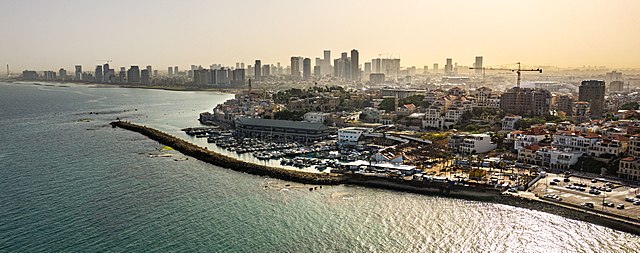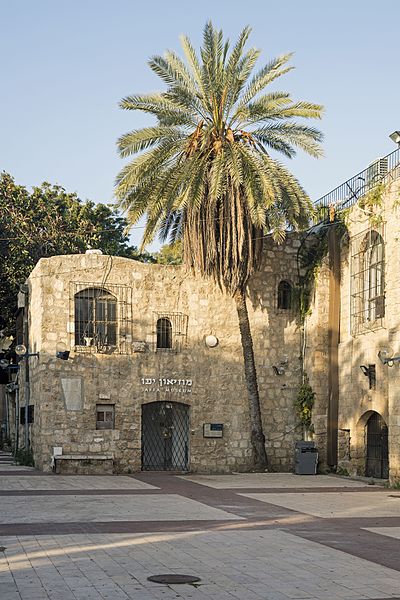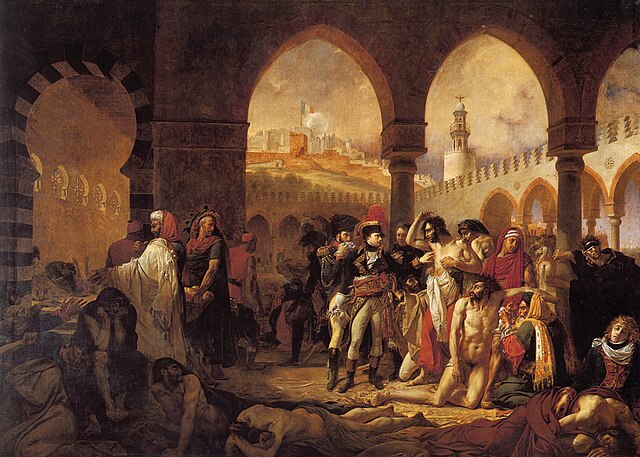Tel Aviv and Jaffa deportation was the evacuation on April 6, 1917, of 10,000 people from Jaffa, including Tel Aviv, by the authorities of the Ottoman Empire in Palestine. The deportation mainly targeted the Jewish population of the city, resulting in the eviction of all 8,000 Jewish inhabitants. The evicted civilians were not allowed to carry off their belongings, and the deportation was accompanied by severe violence, starvation, theft, persecution and abuse. It is thought that about 1,500 of the evicted people died as a result of the deportation. Shortly after the deportation, the Muslims affected were able to return to their homes, but the Jewish population was not able to return until the summer of 1918.
Graves of unknown victims of the Tel Aviv and Jaffa deportation
The procession to return the exiled Torah scrolls back to Tel Aviv and Jaffa in 1918.
Gravestones of the deportees in Kinneret cemetery.
The sign placed in the victims' compound of the Tel Aviv deportation in Kfar Saba.
Jaffa, also called Japho or Joppa in English, is an ancient Levantine port city founded by the Canaanites that is now part of southern Tel Aviv, Israel. Sitting atop a naturally elevated outcrop on the Mediterranean coastline, it was a strategic location that exchanged hands repeatedly in ancient Near East history, and was also contested during the Crusades, when it presided over the County of Jaffa and Ascalon.
Aerial view of old Jaffa
Aerial view of old Jaffa and port with Tel Aviv behind
Jaffa Museum in Old Saraya building, in the historical Old Jaffa region
Bonaparte Visiting the Plague Victims of Jaffa, 1804 propaganda painting commissioned by Napoleon; completed by Baron Gros, who had not visited Jaffa








